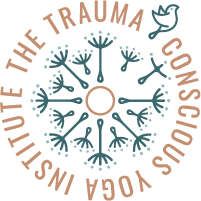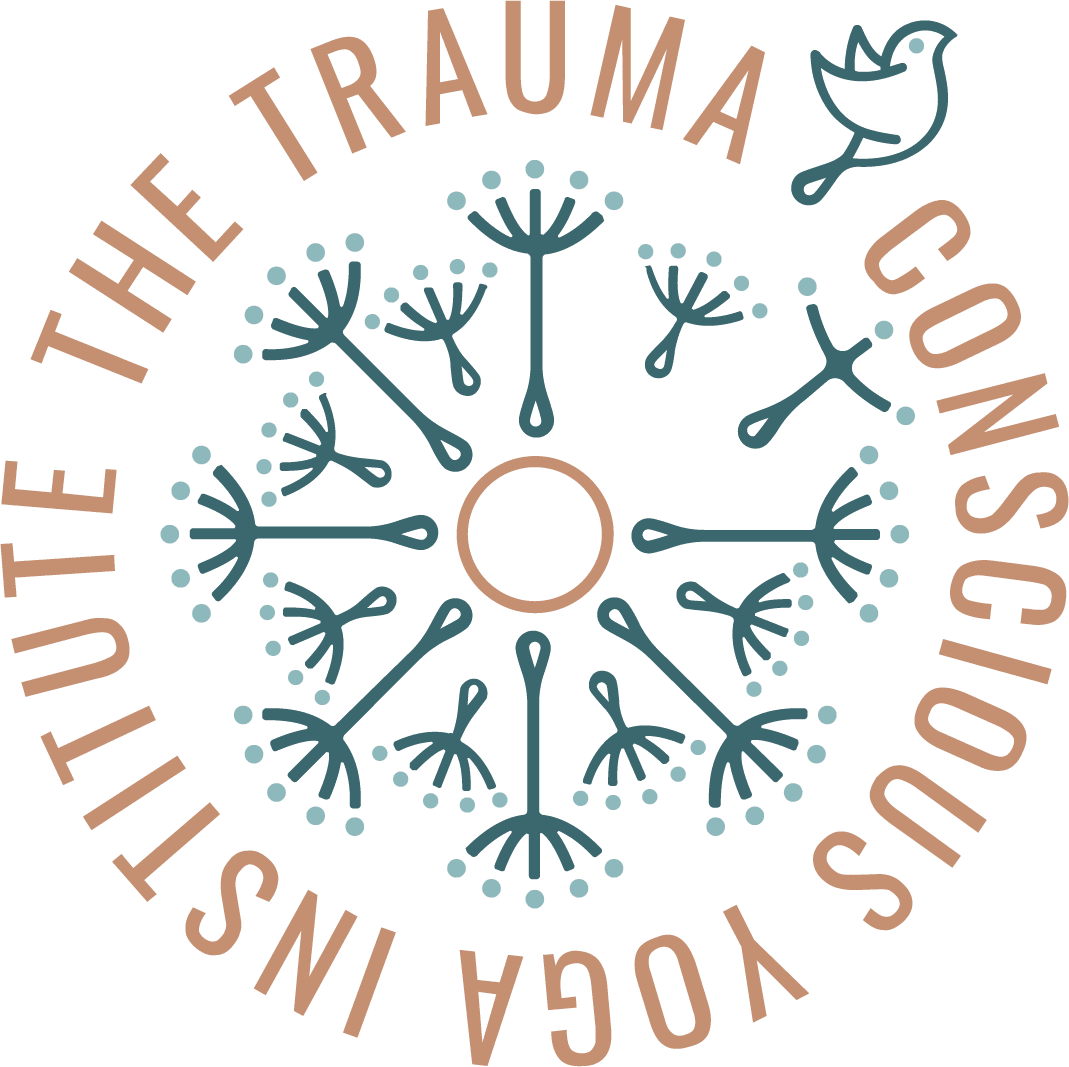Empowerment, Embodiment and Evolution in Trauma Healing
Training professionals worldwide in The Trauma-Conscious Yoga Method℠
Get Certified Today
Save $500 with our Level 1 + 2 Bundle! Click here to register for both self-paced online certifications.
Incorporating movement: My own movement, my client’s movement, the idea that we could actually use our bodies in therapy was the biggest thing I took away from this training. I enjoyed the idea of conditional language- the idea of offering the opportunity, “when you feel ready,” “if you would like to,” “you might do this,” rather than a direct command to do a certain thing. It makes a lot of sense when you’re working with people who have experienced trauma..
This training reinvigorated my personal yoga practice and allowed me the ability to bring clients to a space of connection to their body and having some tools for how to do that in a safe way. In this training I learned how to move clients from the couch to the floor and practical ways to bring curiosity and receptivity to the experience while allowing clients to go where they need to go. This was a wonderful experience. It really allowed me to look at things in a new way.
This training brought a lot of depth to my practice. Now I focus a lot more on the sensations in the body instead of just feelings. I’ve already recommended this training to a couple of colleagues. I think that the more clinicians that have this depth of training, the better
this field can be for our clients.
This training changed my life! I learned so much from what a chakra is and how to talk about them with my clients… I found it extremely beneficial to learn all the different variations in poses that I could do with clients in my office, even if I didn’t have all the props. I learned about the language that you use in a trauma-sensitive way. The language is subtle, gentle, it’s inviting and it’s a wonderful way to be able to speak to a client. I’ve already recommended this training to colleagues, because I found it so useful in my practice with trauma work.
This training has really increased my awareness of the way that I can use the things that are valuable to me personally in my yoga practice, in my work with clients in a more traditional therapy setting. It’s possible for me to incorporate those elements in my office! I would absolutely recommend this training to a colleague, especially if they’re working with people who have experienced trauma, and I think we’re all working with people who have experienced trauma.

LEARN THE TCYM FROM ANYWHERE IN THE WORLD
STAY CONSCIOUS
Join our community and get Nityda’s free talk, “The Trauma-Conscious Yoga Method®”
STAY CONSCIOUS
Join our online community!
NITYDA GESSEL
LCSW, E-RYT, TIYT
Nityda’s dual licensure as both yoga professional and mental health professional inform her wider scope of practice and experience in supporting trauma survivors that is rare to find in a trauma-informed yoga teacher trainer
NITYDA GESSEL
LCSW, E-RYT, TIYT
Nityda’s dual licensure as both yoga professional and mental health professional inform her wider scope of practice and experience in supporting trauma survivors that is rare to find in a trauma-informed yoga teacher trainer
Inquire below to have Nityda at your next event.
[everest_form id=”738″]
This training has really increased my awareness of the way that I can use the things that are valuable to me personally in my yoga practice, in my work with clients in a more traditional therapy setting. It’s possible for me to incorporate those elements in my office! I would absolutely recommend this training to a colleague, especially if they’re working with people who have experienced trauma, and I think we’re all working with people who have experienced trauma.
This training reinvigorated my personal yoga practice and allowed me the ability to bring clients to a space of connection to their body and having some tools for how to do that in a safe way. In this training I learned how to move clients from the couch to the floor and practical ways to bring curiosity and receptivity to the experience while allowing clients to go where they need to go. This was a wonderful experience. It really allowed me to look at things in a new way.
This training brought a lot of depth to my practice. Now I focus a lot more on the sensations in the body instead of just feelings. I’ve already recommended this training to a couple of colleagues. I think that the more clinicians that have this depth of training, the better
this field can be for our clients.
This training changed my life! I learned so much from what a chakra is and how to talk about them with my clients… I found it extremely beneficial to learn all the different variations in poses that I could do with clients in my office, even if I didn’t have all the props. I learned about the language that you use in a trauma-sensitive way. The language is subtle, gentle, it’s inviting and it’s a wonderful way to be able to speak to a client. I’ve already recommended this training to colleagues, because I found it so useful in my practice with trauma work.
Incorporating movement: My own movement, my client’s movement, the idea that we could actually use our bodies in therapy was the biggest thing I took away from this training. I enjoyed the idea of conditional language- the idea of offering the opportunity, “when you feel ready,” “if you would like to,” “you might do this,” rather than a direct command to do a certain thing. It makes a lot of sense when you’re working with people who have experienced trauma..





